Deck & Commander Strategies
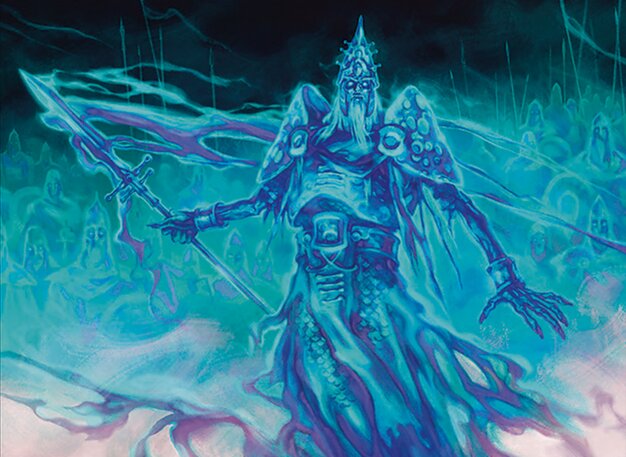
King of the Oathbreakers
Focuses on spirit tribal synergy with a phasing mechanic that protects spirits from targeted spells, generating additional flying spirit tokens to build a resilient aerial board presence.
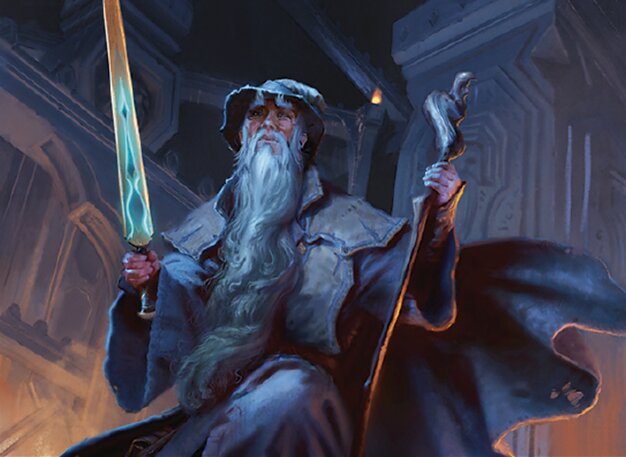
Gandalf the Grey
Leverages instant and sorcery spells to control the board and deal damage, with abilities to copy spells, tap/untap permanents, and reposition himself on top of the library for repeated impact.
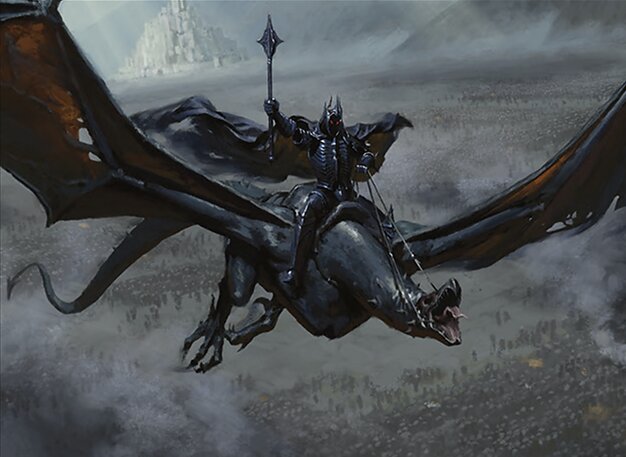
Lord of the Nazgûl
Utilizes instants and sorceries to create numerous menace wraith tokens, which can be pumped to large sizes, focusing on aggressive board presence and protection via ring bearer thematic elements.
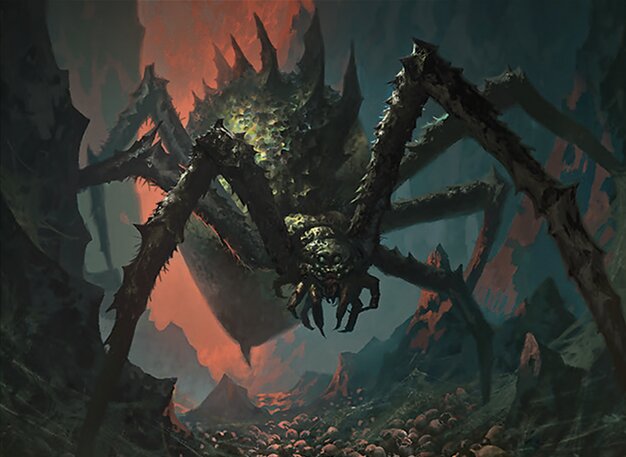
Shelob, Child of Ungoliant
Spider tribal deck that uses deathtouch and warded spiders to control combat, creating food tokens that gain life and copy creatures, enabling incremental advantage and board presence through token generation.
Gameplay Insights
- 1
King of the Oathbreakers' phasing mechanic effectively shields spirits from targeted removal, allowing continuous token generation and board resilience.
- 2
Lord of the Nazgûl's creation of menace 3/3 wraith tokens through casting instants and sorceries builds an overwhelming offensive threat.
- 3
Gandalf the Grey's abilities to copy spells and reposition himself on top of the library provide ongoing spell advantage and board control.
- 4
Shelob's spider tribal interactions with deathtouch, ward, and food token creation enable defensive durability and incremental life gain.
- 5
The use of sacrifice mechanics and board wipes forced players to adapt quickly, maintaining tempo and presence while managing limited resources.
- 6
Players prioritized ramp and mana fixing early to enable casting their tribal and synergy spells efficiently.
Notable Cards
-

King of the Oathbreakers
-

Gandalf the Grey
-

Lord of the Nazgûl
-

Shelob, Child of Ungoliant
-
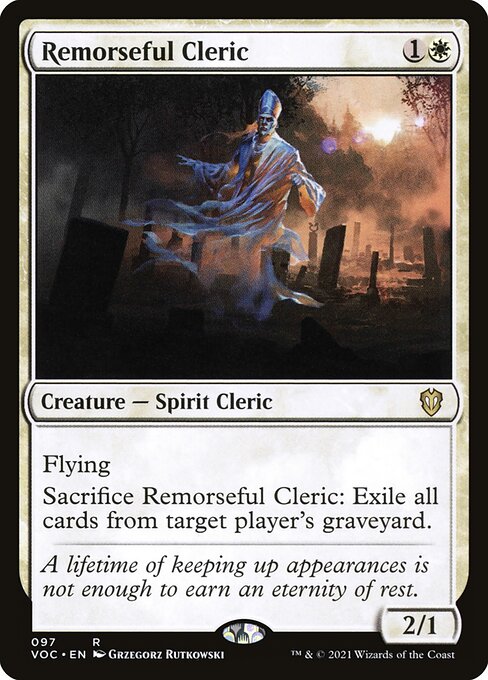
Remorseful Cleric
-
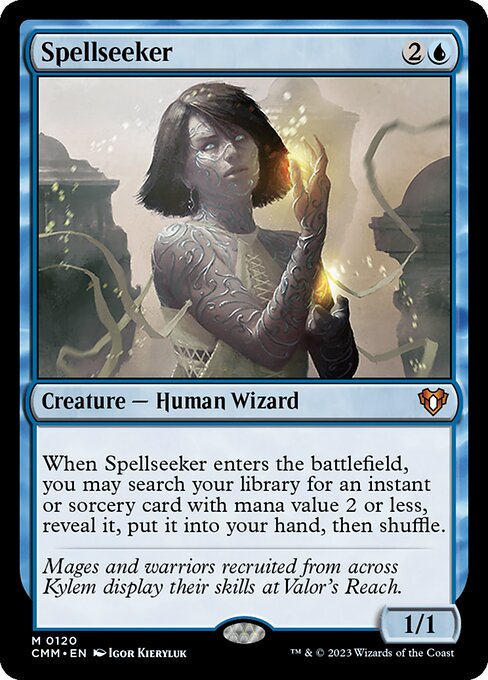
Spellseeker
-
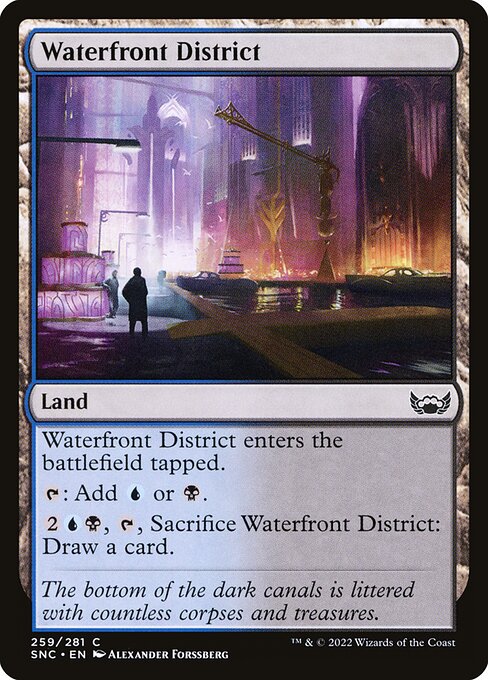
Waterfront District
-

Cascade Bluffs
Gameplay Summary
The game featured a four-player battle with the King of the Oathbreakers, Gandalf the Grey, Lord of the Nazgûl, and Shelob, Child of Ungoliant as commanders.
Early turns saw a focus on establishing board presence and mana bases, with players deploying spirits, wraiths, and spiders to build their respective tribal synergies.
King of the Oathbreakers leveraged phasing mechanics to protect spirits from targeted spells and generate additional flying spirit tokens, creating a resilient aerial board state.
Gandalf the Grey utilized instant and sorcery spells to both control the board and repeatedly reposition himself through his ability to put himself on top of the library, aiming to maintain tempo and damage output.
Lord of the Nazgûl focused on casting instants and sorceries to produce a growing army of menace wraith tokens, with the potential to pump them to formidable sizes.
Shelob brought a unique spider tribal theme with deathtouch and warded spiders that created food tokens upon spider combat damage and deaths, allowing for life gain and board advantage through token copying. Key turning points included strategic use of sacrifice and phasing effects to deny opponents' removal and maintain board presence.
Notably, the King of the Oathbreakers player consistently generated spirit tokens and used their phasing ability to mitigate threats, while Lord of the Nazgûl capitalized on creating multiple wraith tokens via spells.
Gandalf's instant and sorcery interactions kept opponents on edge, and Shelob's spider tribal synergy threatened to overwhelm with deathtouch blockers and food token generation.
The game unfolded with a mix of tempo plays, token generation, and defensive mechanics, highlighting the unique tribal and spell-focused strategies of each commander.
The win condition likely revolved around overwhelming opponents with flying spirits, wraith menace horde, or lethal spider boards supported by incremental advantage and life gain, though the transcript cuts off before a clear victor emerges.


![Ep 1: Jarred v Jedit v Elas v Jaxis commander / [EDH gameplay] thumbnail](https://i.ytimg.com/vi/fOXepOqTRcA/sddefault.jpg)
!["Battle of the Commanders" EP: 2 Anje vs Zur vs Jedit vs Phabine [EDH Gameplay] thumbnail](https://i.ytimg.com/vi/ZmDQKhu_A_M/sddefault.jpg)
!["4 Player Commander Showdown "- Ep: 3 Hazezon v Dihada v Willowdusk v Raffine [EDH Gameplay] thumbnail](https://i.ytimg.com/vi/BiDOJLw7a3I/sddefault.jpg)
![All will be one! EP: 4 Prosper v Neyali v Ixhel v Karumonix [EDH gameplay] thumbnail](https://i.ytimg.com/vi/1rB3FW952-4/sddefault.jpg)
![Ep: 5 Tawnos v Yuriko v Purphoros v Urza [EDH gameplay] thumbnail](https://i.ytimg.com/vi/ovuvwBzAQ1U/sddefault.jpg)
![Ep: 6 Myrel v Liesa v Kess v Falco [EDH gameplay] thumbnail](https://i.ytimg.com/vi/Au02HpcLJGA/sddefault.jpg)

![Ep: 8 Xira v Atraxa v Goblinson v Akiri [EDH gameplay] thumbnail](https://i.ytimg.com/vi/vRfqRDjvoXs/sddefault.jpg)

![Knightly Showdown EP: 11 Gisa v. Imoti v. Sidar Jabari v. Syr Gwyn [EDH gameplay] thumbnail](https://i.ytimg.com/vi/P8KX_caip9U/sddefault.jpg)



























![Gandalf vs Urza vs Averna vs Dihada [EDH/Commander, Magic the Gathering Gameplay 2023] thumbnail](https://i.ytimg.com/vi/5CXLiWw55PA/sddefault.jpg)
![Everything is Fine. Don’t Click this Video, ft. Purphoros, Gandalf, Akiri, Braids [MTG EDH Gameplay] thumbnail](https://i.ytimg.com/vi/lBhszeoeVoc/sddefault.jpg)
![Battle for the One Ring, ft. Frodo, Bilbo, Tom, and Gandalf [EDH/Commander Gameplay 2023] thumbnail](https://i.ytimg.com/vi/eBY9qYO50o4/sddefault.jpg)

